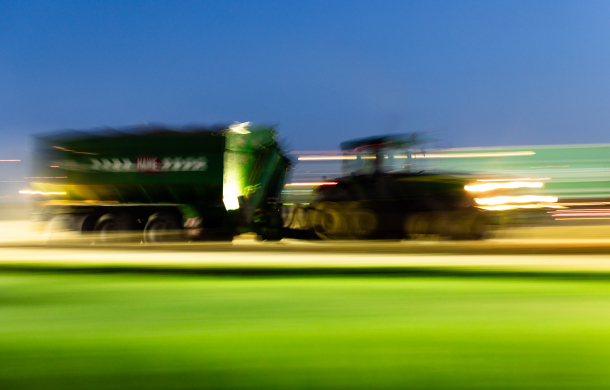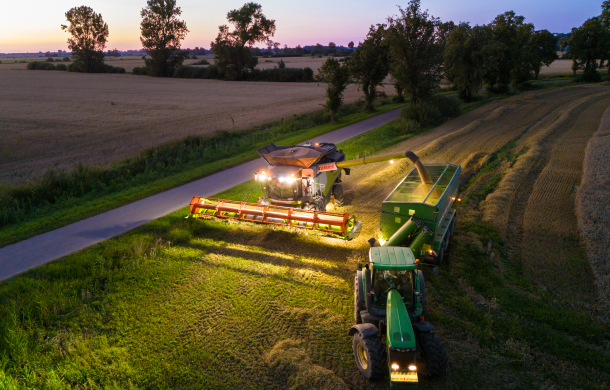Hotline +48 800 100 000
Menu
CALDENA plantations – transfer of knowledge to practice
We confirm the effectiveness of our fertilizers in the field
Science in practice
Before launching our products on the market, we conduct detailed tests and analyses of their effectiveness. We apply them to a wide variety of soil types, plant species and climatic conditions. As a result, we provide our customers with effective and safe fertilizers.


Strategic agriculture
At CALDENA, we develop precise cultivation strategies tailored to the specific needs of each plant species. There is no room for haphazard actions on our plantations. Each step of the fertilization process is carefully planned and implemented with the utmost precision. We apply fertilizers at the optimal time, in the right doses and using carefully selected spraying techniques. This approach allows us to maximize the genetic yield potential of the plants and obtain high-quality food.